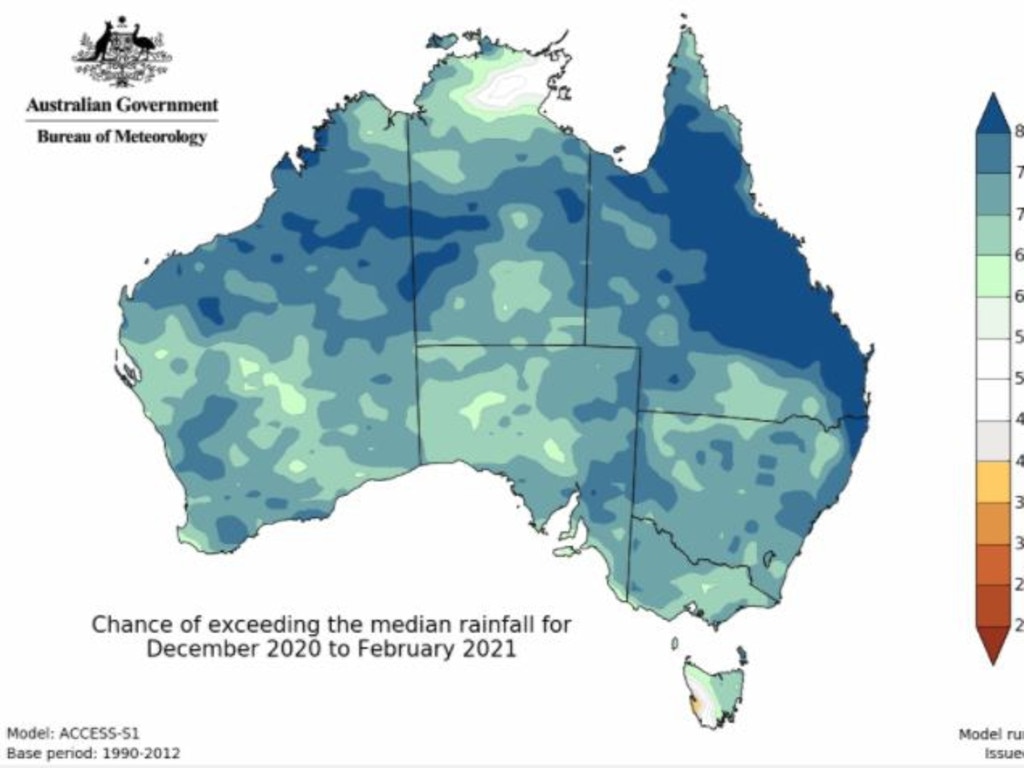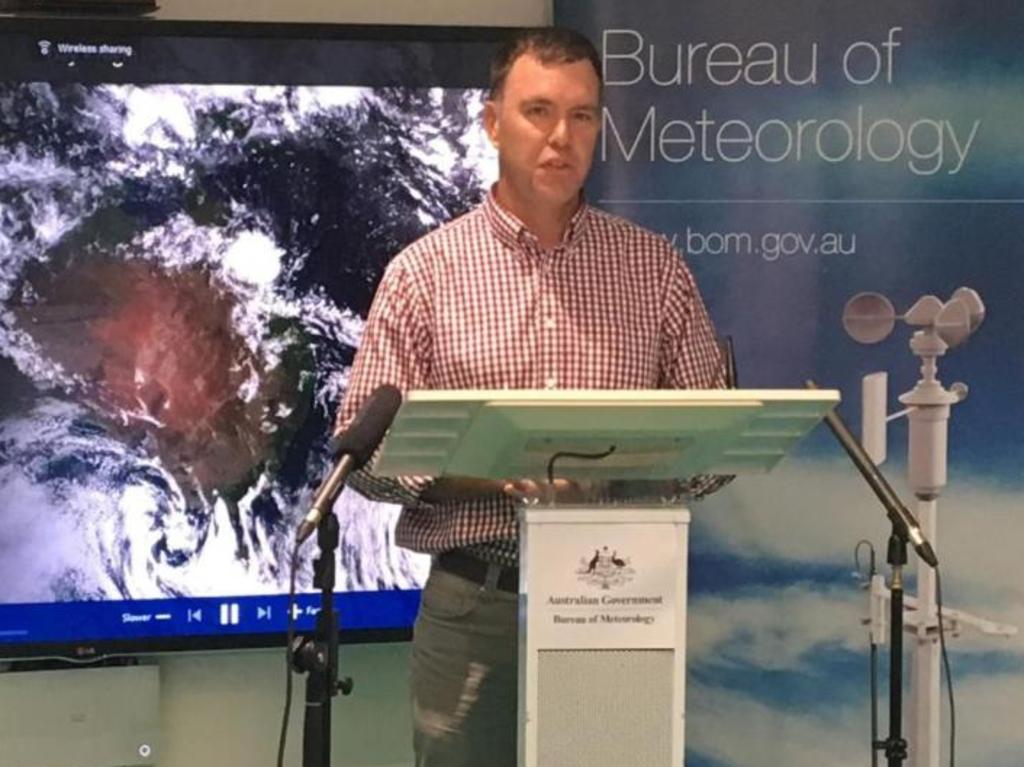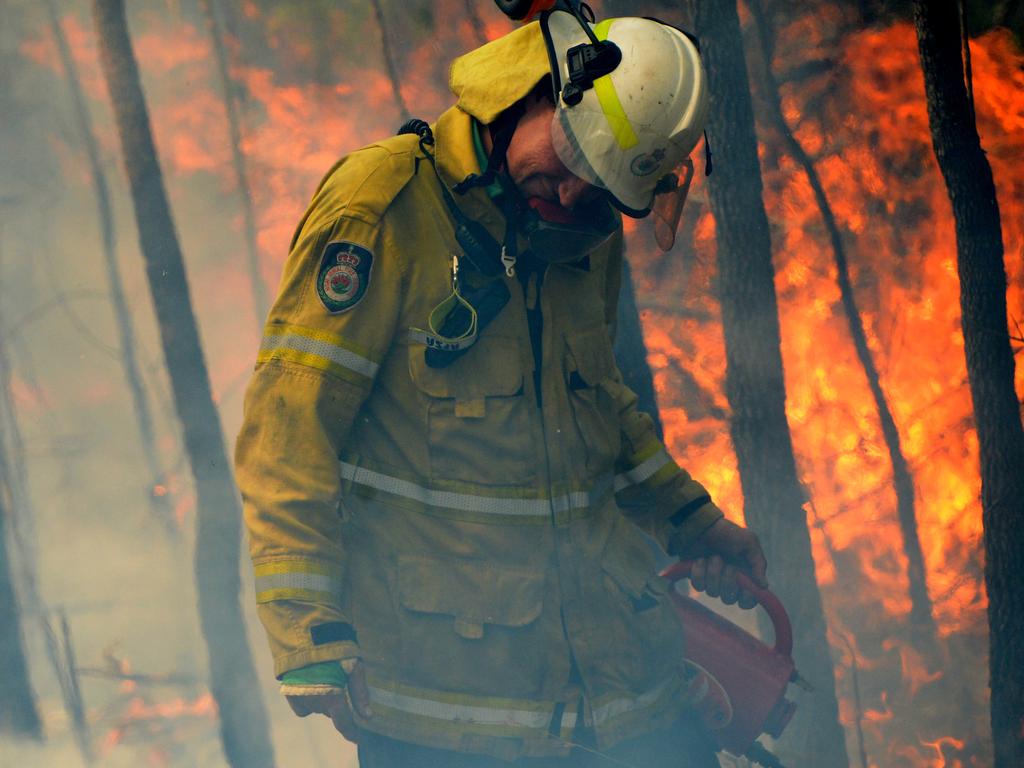Get set for a long wet summer
Talk about extremes. Experts are warning of the likelihood of both flooding and fires over our summer season. Find out the areas most at risk.
Get set for a long, wet summer.
Almost the entire continent can expect greater than average rainfall over the next three months, the Bureau of Meteorology has warned in its latest climate outlook.
An active La Niña event in the Pacific, expected to peak in December or January, is to blame for the likely wet summer, with the Bureau warning of an increased risk of flooding in some parts of eastern Australia.
The chance of above average rainfall is 70 per cent for most areas of the country and 80 per cent for the Queensland coast, the climate outlook stated.
The outlook was “the opposite of what we expected last year,” said the Bureau’s Head of Operational Climate Services, Dr Andrew Watkins.

“While the last three weeks have been dry in many parts of the country – due in part to unfavourable tropical weather patterns – it does not signal a weakening of La Niña,” he said.
“This summer, New South Wales, Victoria and Queensland are expected to see above average rainfall, meaning we face an increased risk of widespread floods.”
Meteorologists believe the current La Niña is not as strong as the one that formed between 2010 and 2012, when widespread flooding in Queensland claimed more than 30 lives.
The current La Niña’s effects are expected to persist until at least the end of February.
Heatwaves are unlikely to reach the extremes of recent years, but could be longer and more humid this summer, the BoM has warned.
“Daytime temperatures in summer are likely to be near average, but there will be periods of high heat combined with milder periods,” Dr Watkins said.

BoM senior meteorologist Dean Narramore warned of the extreme heat the nation would experience over the next few days, saying temperatures 8-12 degrees above average were currently being recorded “from Kalgoorlie to Canberra”.
The heatwave will hit South Australia first, with Adelaide set to reach 40 degrees on Friday and Saturday and maximums as high as 48 degrees possible in areas north of Port Augusta.
Parts of northern Victoria could hit the mid 40s on Friday, Mr Narramore said, while inland areas of NSW may reach into the high 40s.
Sydney’s western suburbs would have temperatures in the 40s on both Saturday and Sunday, while Brisbane could have three or four days of maxiumus above 40, he said.

The Bureau is expecting an average to slightly-above-average cyclone season for the country’s north, although they may develop earlier in the season because of the impact of the La Nina.
While the BoM has warned of increased risk of flooding, there is still a risk of bush and grass fires.
“There’s a great chance of grass fires in some areas as recent rain and warm weather have led to vigorous vegetation growth,” Dr Watkins said.
“South eastern Australia is one of the most fire-prone regions in the world. Even short periods of hot and dry weather increase the risk of fire in summer.”
That forecast is backed up by the latest Bushfire Outlook Report, which says there is a risk of grass and crop fires in large parts of New South Wales west of the Great Dividing Range, as well as grassland areas of the ACT and into north eastern Victoria.
The south and south west coasts of Western Australia can also expect above normal fire conditions through summer, the report stated.
Asked about the bushfire risk, Dr John Bates from the Bushfire and Natural Hazards Cooperative Research Centre said it “is unlikely to be as bad as it was last season, but it doesn’t mean we still won’t be exposed to a significant amount of damage,” he said.
Spring rains had led to “prolific growth in grasses and crops”, he said, while de-stocking caused by the drought had not kept the vegetation in check.
He issued a warning about grass fires, saying they tended to move more quickly than bushfires.
“You need to make your call to leave much earlier [with a grass fire],” Mr Bates said.

Queensland, the Northern Territory, Tasmania and South Australia have all been rated as having normal fire potential for the summer season, although the SA section of the report notes this still characterises “dozens of high risk fire days”.
A biennial State of the Climate Report from the BoM and the CSIRO, released earlier this month, revealed 2019 was Australia’s hottest year on record, with 33 days in which the national daily maximum average temperature exceeded 39 degrees.
This total number of extremely hot days was “more than the number observed from 1960 to 2018 combined, which totalled 24 days,” the Climate Report stated.
MORE NEWS:
Australia’s very hot days have “tripled since 2000”: Report


